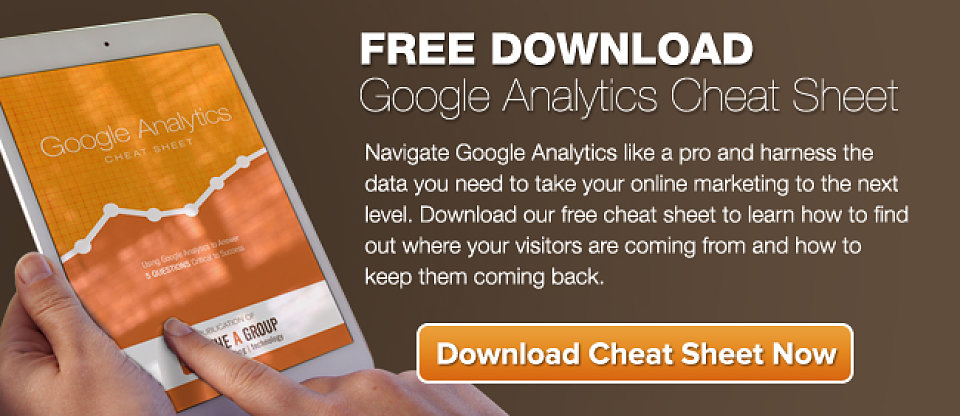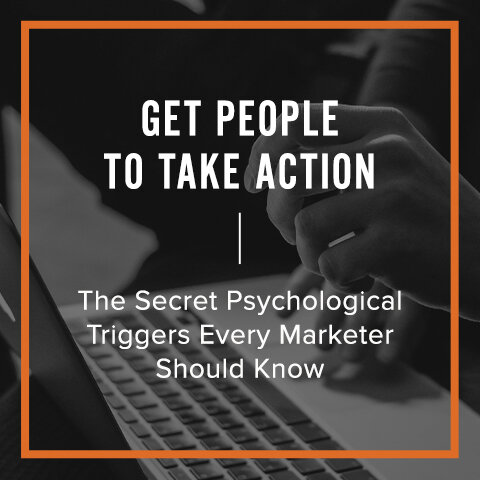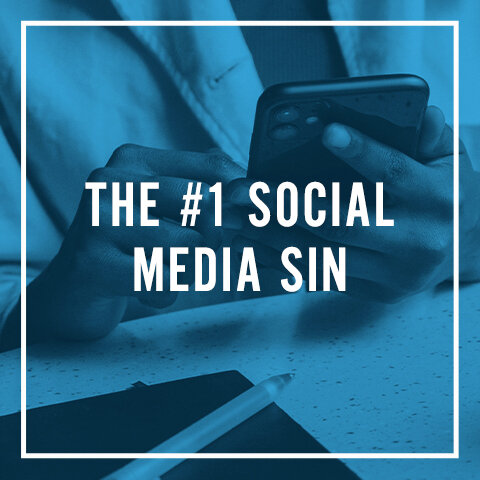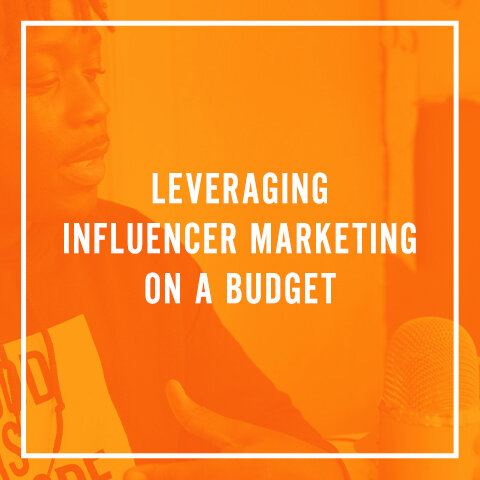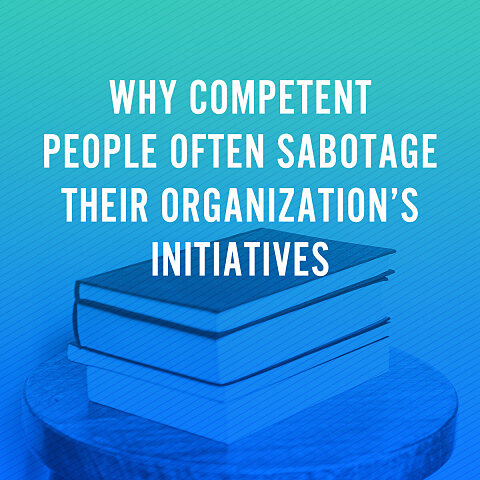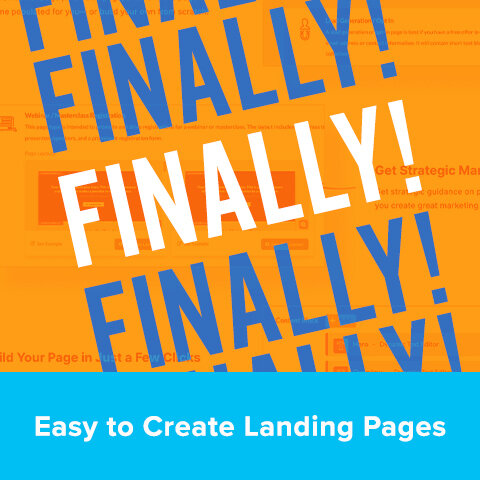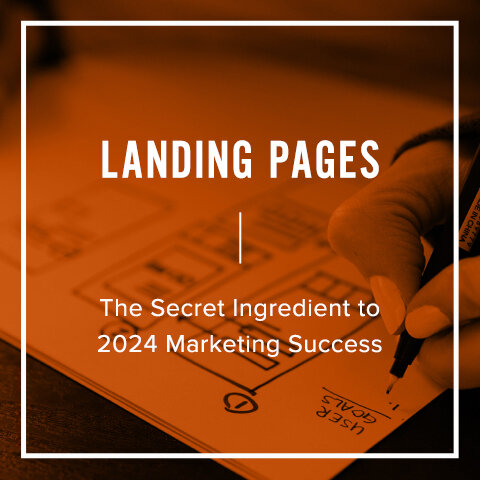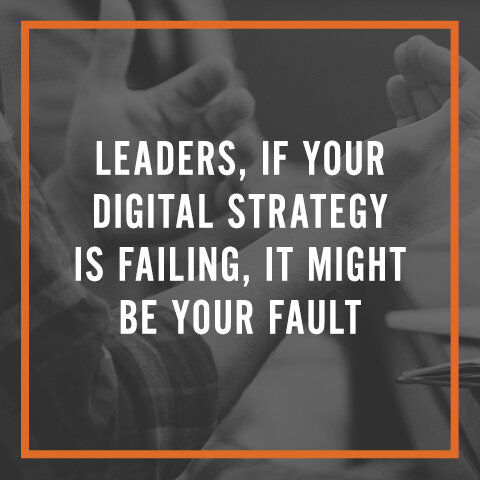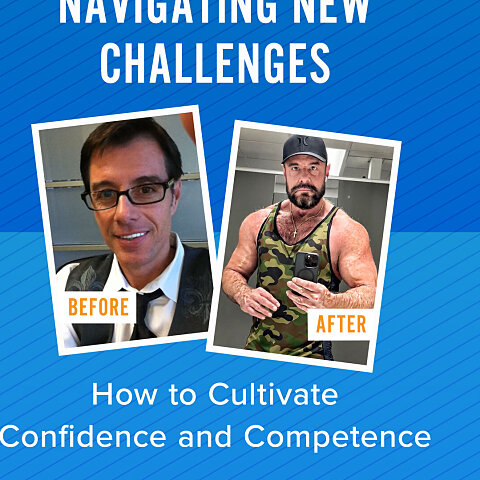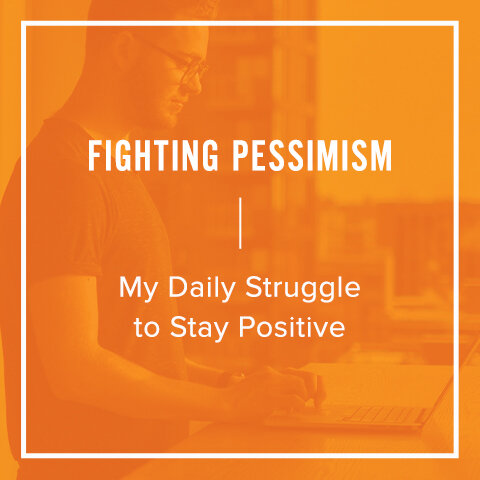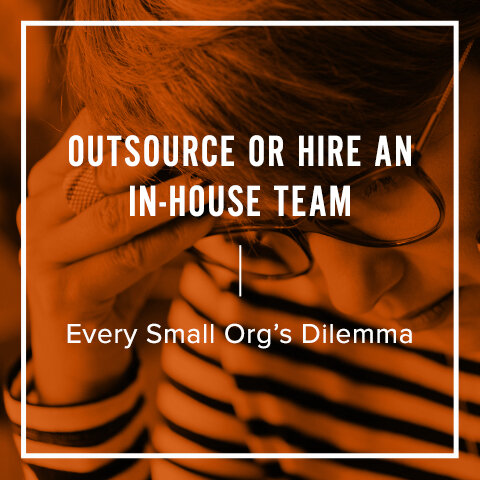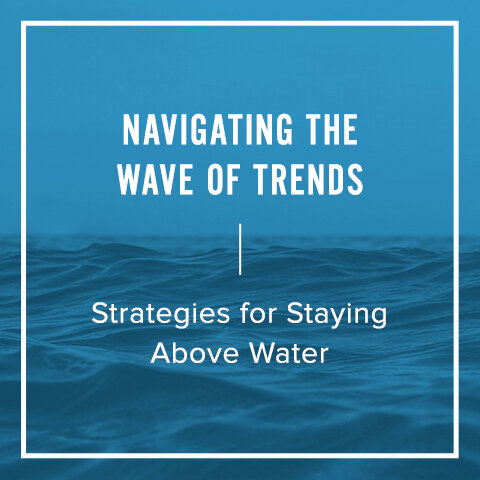Email Marketing 101: Part 3: Rules of Engagement
By Kristen Shoates
This is the final part in a three-part series about how to effectively harness the power of email marketing to reach and engage your audiences. Now that you’ve built a list and optimized your email design, Part 3 will help you effectively engage your audience and build a deeper relationship through email communication.
Once you’ve built a great list of committed supporters and become a master at content and design, it’s time to engage with your audience! Remember that if someone has signed up for your email, it’s because they want to interact with and support you – they just need to be told how.
The key to engagement is distributing simple, relevant content in a digestible format – especially for those on the go. Keeping mobile in mind is more than just making sure your emails look great on a mobile device – it’s also remembering people’s mobile mindset. Your audience is no longer spending hours at a computer perusing email content; instead they’re reading on the way to a meeting, at a stoplight or in bed first thing in the morning (in fact, 6 a.m. is the time emails get the most opens). These simple tips can help your emails make an impression, even when caught in between texts, meetings, and soccer practice.
Forget the three-day rule.
Whether it’s dating or email marketing, people are most engaged at the moment when they first make contact. Instead of filing away new contacts for future marketing emails, immediately follow up to continue the conversation.
- Send out an immediate email when someone signs up. A great subject line: “You’re now in the inner circle.”
- Always include a way to connect further – learn more, volunteer, get involved etc.
- If someone signs up for your list at an event, send out a follow up email the day after the event with photos, an introduction and a call to action. People are most engaged when riding a “high” from an experience.
Get to the heart of the matter.
Remind people why what you do – and more importantly, their involvement – matters. Don’t focus just on need, but on impact.
- Tell stories of tangible impact and hope.
- Use images of people.
- Follow a 2:1 ask/engage ratio. Break up your asks with emails that simply tell stories or say thank you.
- Take each audience member to the next level. Your call-to-action will be different for a volunteer than for someone who has never supported you.
Make it personal.
When you’re strapped for time, it can be tempting to send out blanket communications to all lists. Or, for complex organizations with a lot to share, to over-communicate, sending everything to everyone. With the data we have available to us today, audiences expect communications to be personalized to their needs. Carefully craft and segment your emails, so you’re reaching audiences with the most important and relevant information to them (and calling them by name doesn’t hurt either!).
Take it slow.
While our initial reaction is to go straight for the “donate”, some people need to spend time getting to know you before investing financially. While sometimes “give” is the best call-to-action, remember it’s ok for your call-to-action to simply be to learn more or visit a website, especially when accompanied by a story of impact.
We hope this series was helpful as you optimize and improve your email strategy. With a strong list, clear and beautiful design and engaging content, email marketing can help your organization grow and build relationships.
We’d love to hear what’s worked for you! Leave us a comment below with your best tips for email marketing.


